Guests will explore a treasure trove of rare finds, cherished childhood memories and enchanting decorations created by families and gifted artists in this special holiday exhibition that opens November 24 and runs through December 31.
A Homemade, Handmade and Artist-Made Christmas exhibition will include extremely rare ornaments and artifacts, including a page extracted from a Bible dating back to 1420. The hand-scribed page depicts the story of the three wise men who followed a star from the East to Bethlehem in search of the newborn king.
Curated by Dr. George and Jeanne Johnson, this year’s holiday display offers a unique perspective on the evolution of Christmas decorations. Visitors can expect a nostalgic experience as they peruse the ornaments and decor items painstakingly crafted by families, talented artists and skilled artisans, each with a story to tell.
“Homemade decorations exude a folksy charm, often created in the cozy corners of family homes,” George Johnson said. “Artist-made pieces showcase the skills of talented individuals, and hand-made items - prevalent until the 1930s - offer a glimpse into the craftsmanship of yesteryears.”
Visitors should expect to see a variety of glass ornaments, angels, Santa dolls and more, as well as a Christmas tree adorned with push pin ornaments assembled by the hands of generations working together to create these artistic pieces.
“Early push pin ornaments featured jewelry elements that were creatively incorporated into their designs, adding a touch of sparkle,” Johnson said.
Among other pieces on display will be hand-carved nativity scenes from the 1700s, decorations crafted by German woodworkers in the late 1800s and early 1900s, unique Christmas cards from the early 1800s, and a tree adorned with confectionery ornaments from the 1800s and 1900s. A historic Catholic church altar dating back to the late 1800s will serve as a backdrop to these remarkable pieces.
“This year’s Christmas exhibition at the Decorative Arts Center of Ohio is a testament to the enduring spirit of creativity and tradition,” executive director Jason Crabill said. “It beautifully showcases the artistry and craftsmanship that have graced the holiday season for generations, offering visitors a chance to step back in time and connect with the rich history of Christmas celebrations.”
The Decorative Arts Center of Ohio appreciates the support of Vonnie McDonald State Farm Insurance, which is sponsoring A Homemade, Handmade and Artist-Made Christmas exhibition.

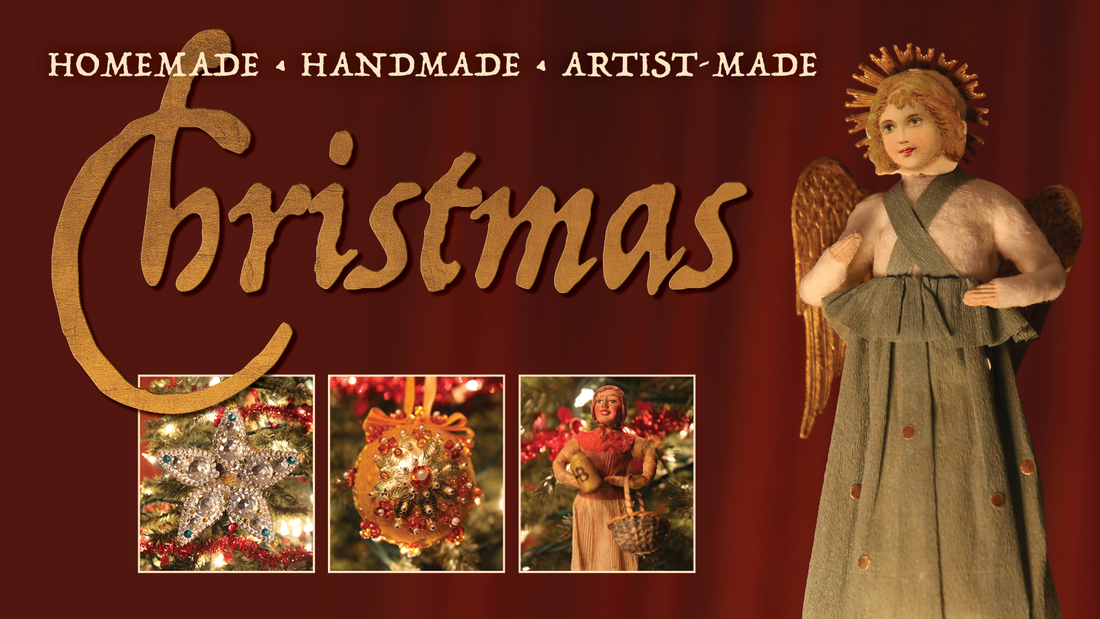

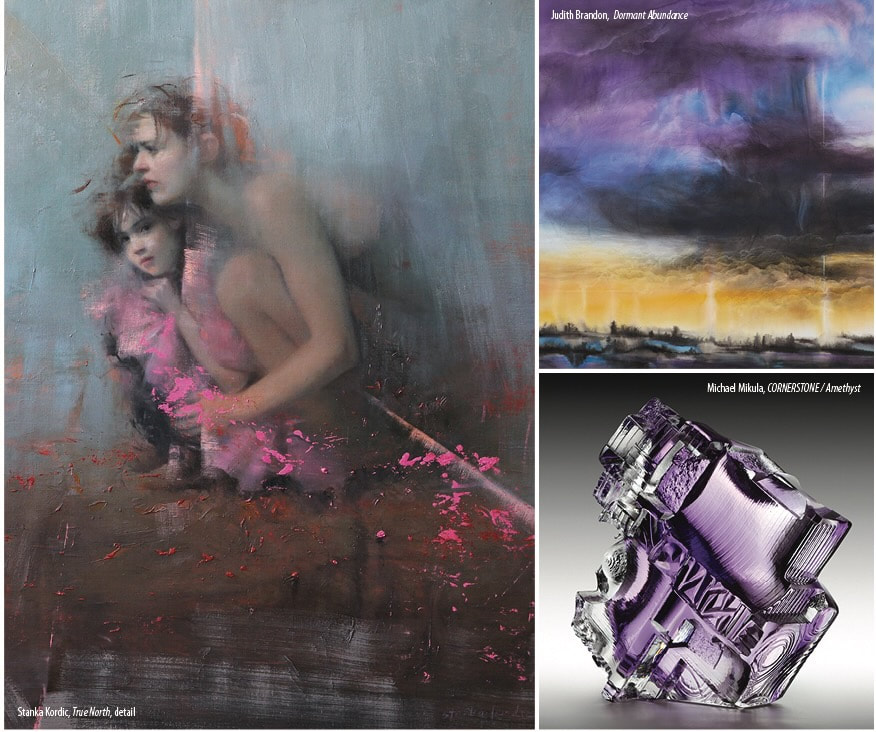
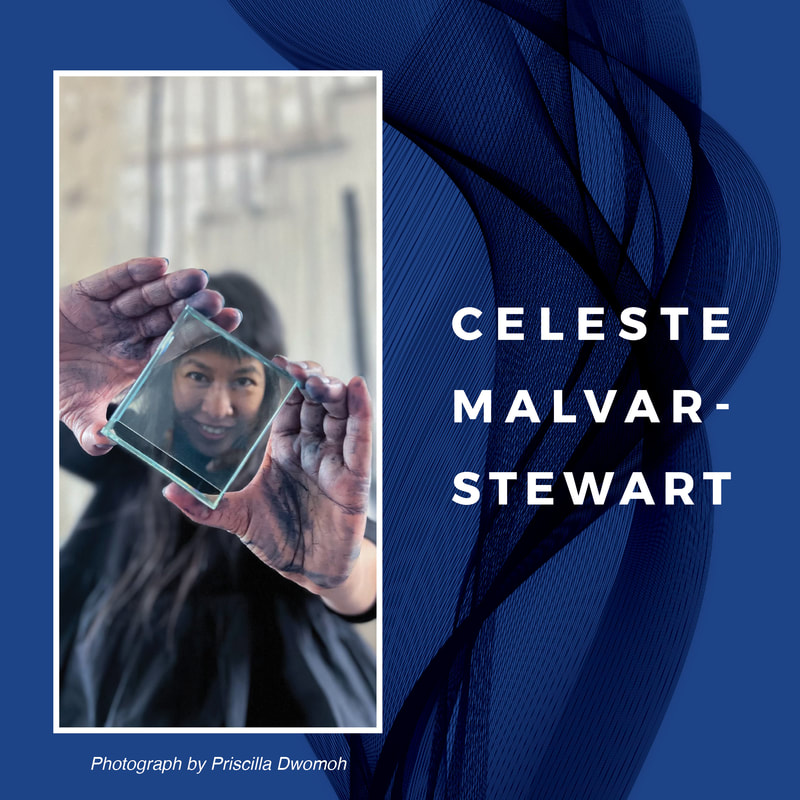
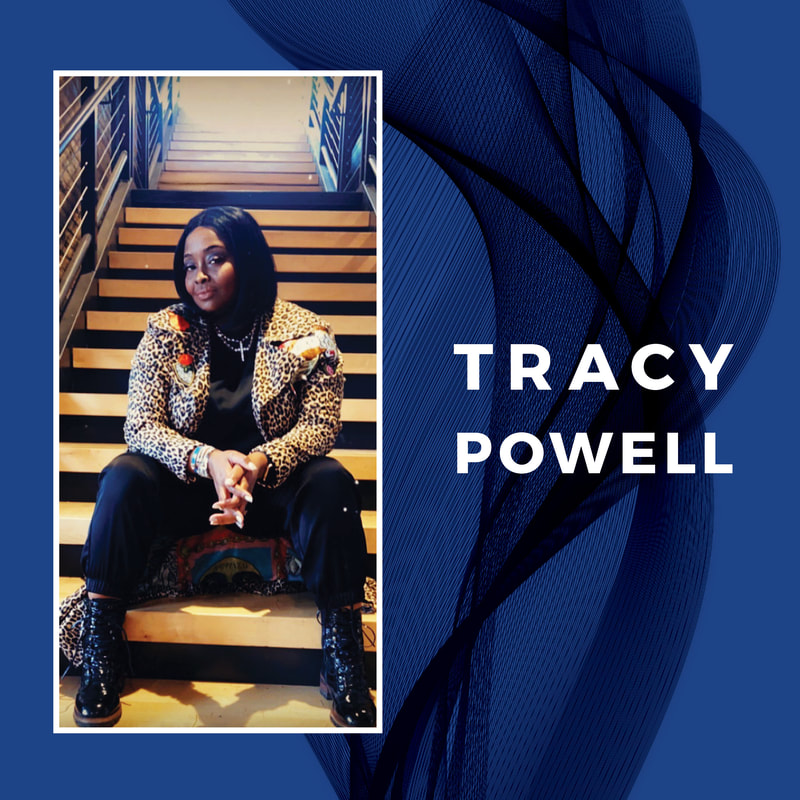


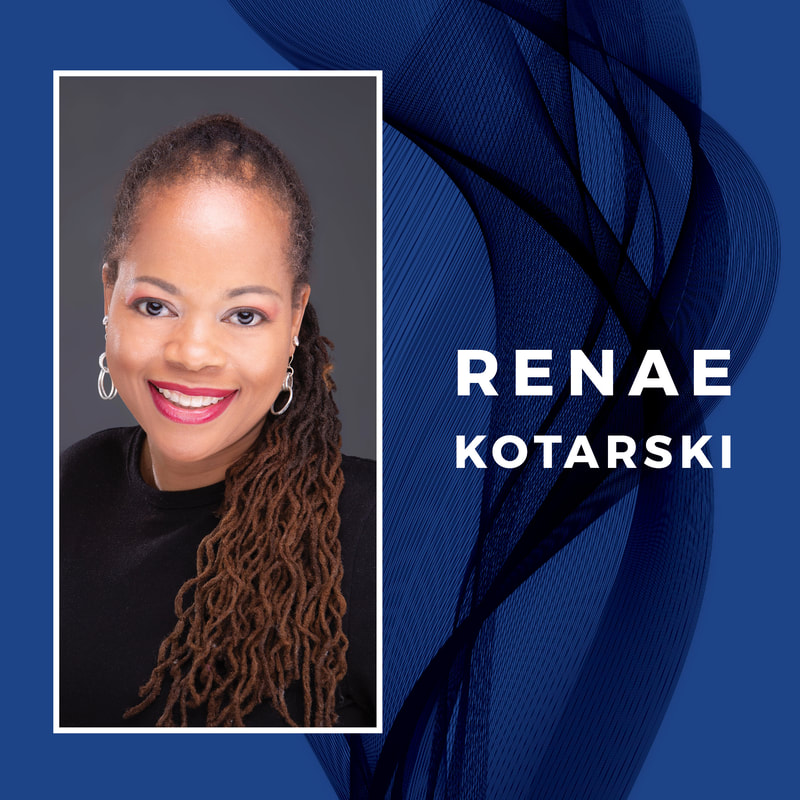
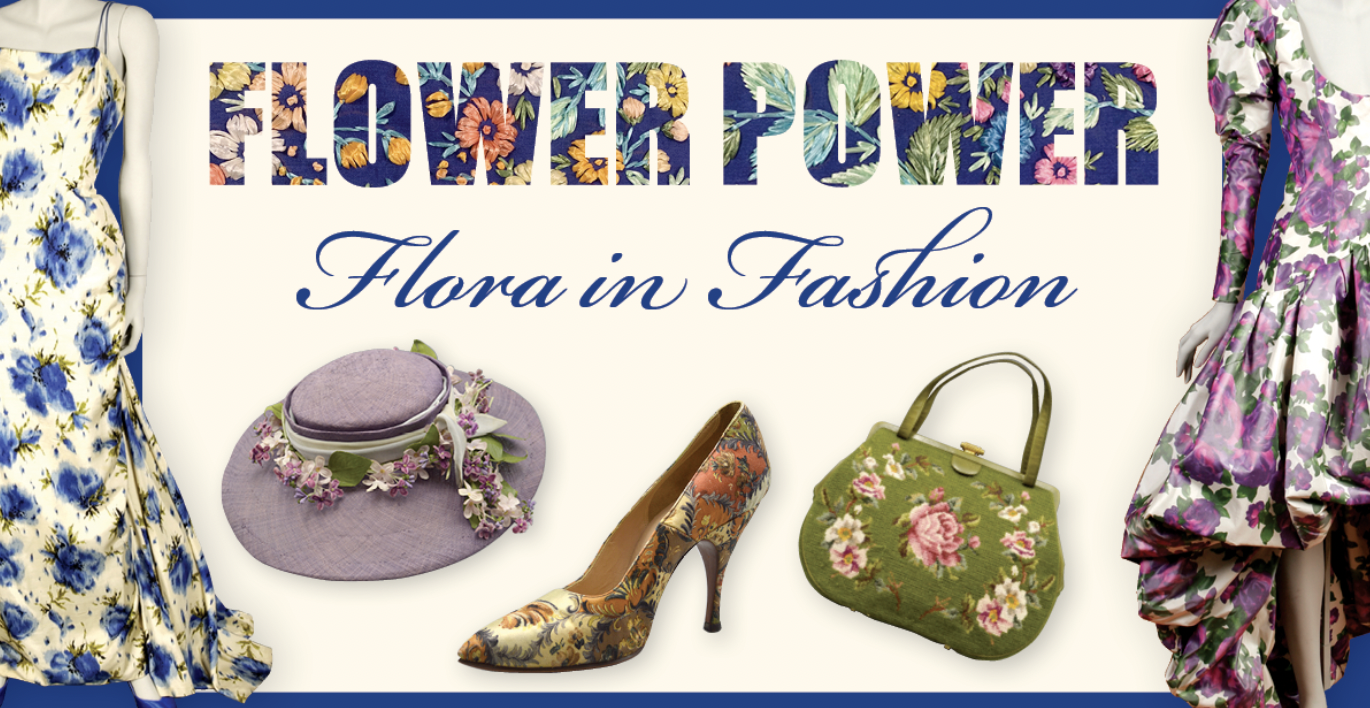
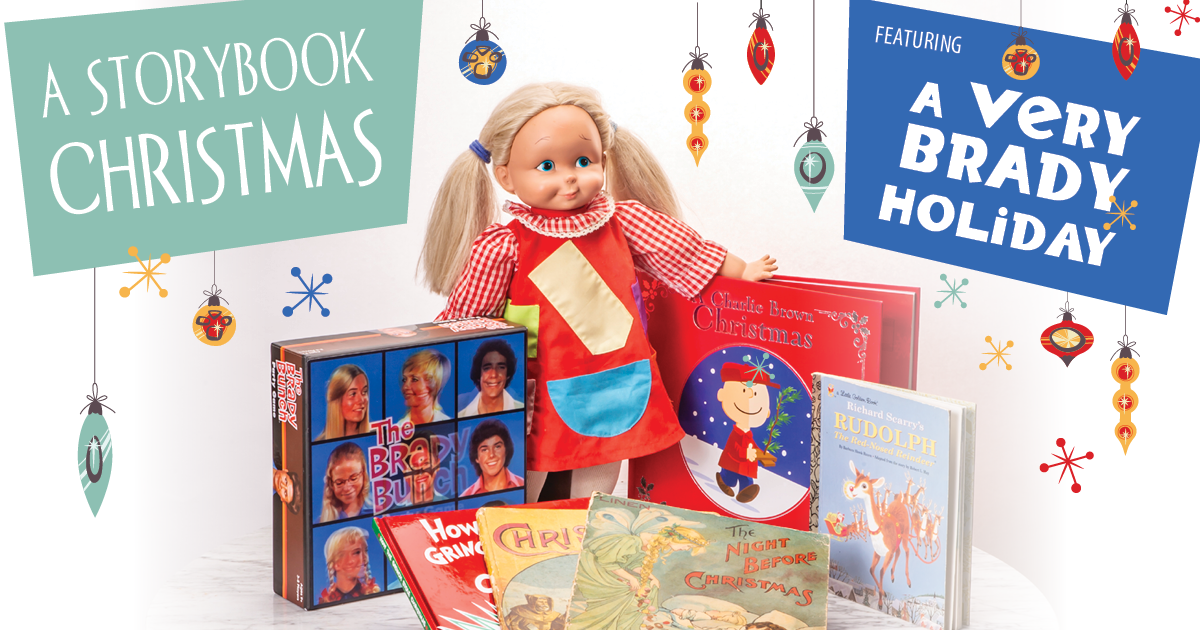
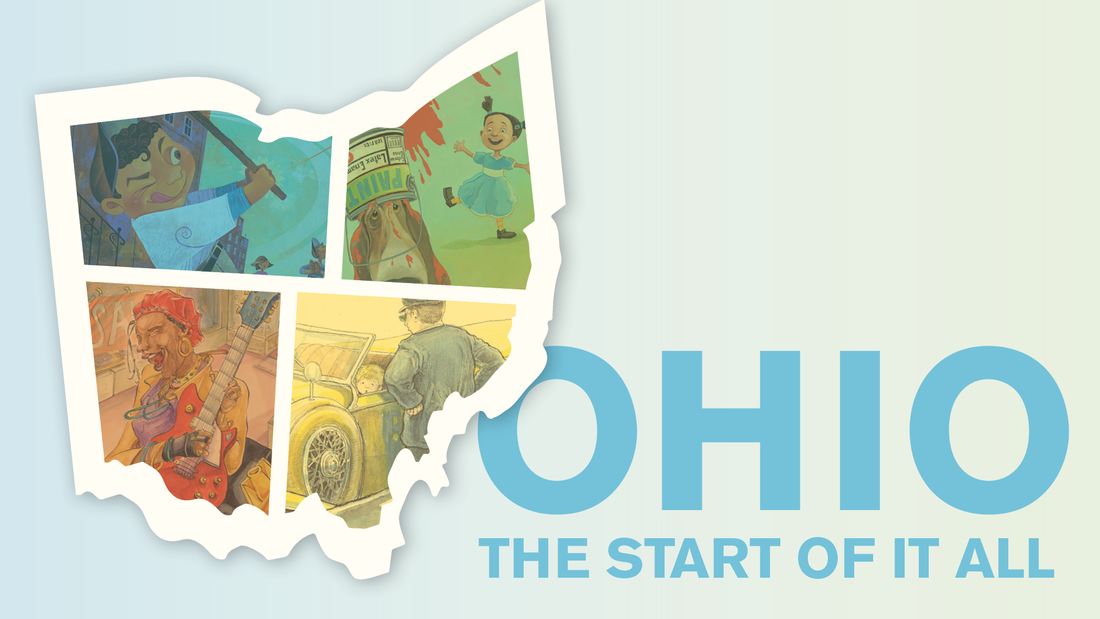
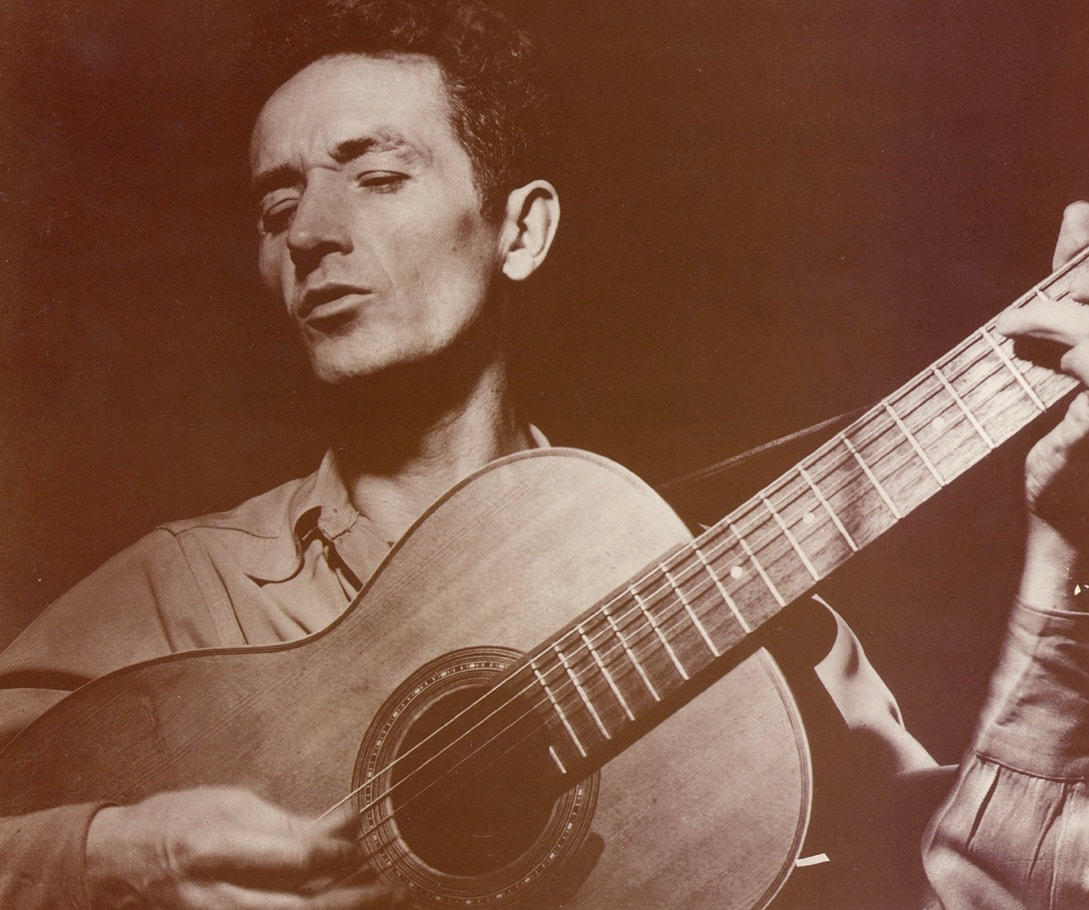

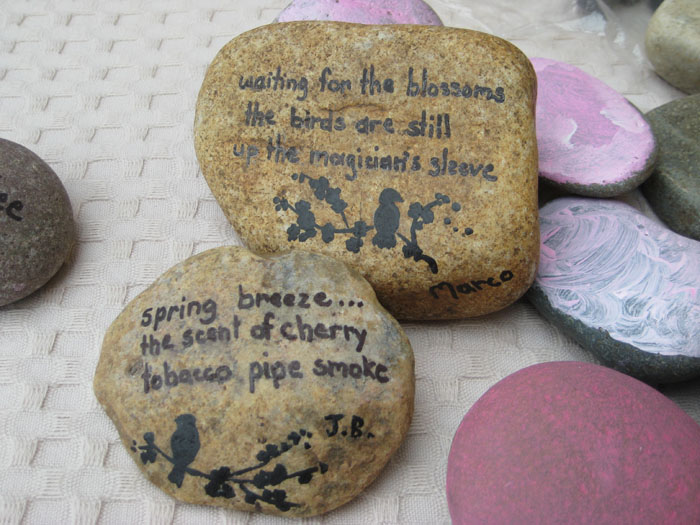
 RSS Feed
RSS Feed